Microsoft Sentinel is moving to the Defender portal by 1 July 2026. This is your chance to cut tool sprawl, fix alert fatigue, and take control before the deadline hits.
Microsoft has announced that all existing Microsoft Sentinel environments must transition from the Azure portal to the unified Microsoft Defender portal by 1 July 2026.
Now, before you roll your eyes at another mandatory migration, hear us out. This isn’t just Microsoft shuffling the deck chairs. It’s a major coming together of Microsoft’s two security powerhouses that integrates best-of-breed SIEM and XDR into a single, unified platform.
And, like most significant changes in our industry, the organisations that get ahead of this transition will reap the biggest rewards.
Why the move matters (even if you’re not excited about it yet)
Yes, it’s a forced change. But it also solves a real-world problem.
Too many IT teams continue to work with a patchwork of tools and dashboards. Too many alerts, too little correlation, and no clear way to trace what’s happening across the estate.
As we’ve said many times across these pages, webinars and events, this siloed, fragmented structure is exactly the kind of environment attackers focus their efforts towards.
Microsoft Sentinel and Defender XDR converging into one portal means your analysts will get a full view of everything. With incidents correlated across endpoints, identities, cloud, and email you’ll gain the context to quickly understand the full attack story. Not just a list of alerts, but a joined-up narrative that helps you respond faster and more decisively.
What the unified platform actually gives you
The unified Microsoft Defender portal brings together capabilities that were previously scattered across different platforms:
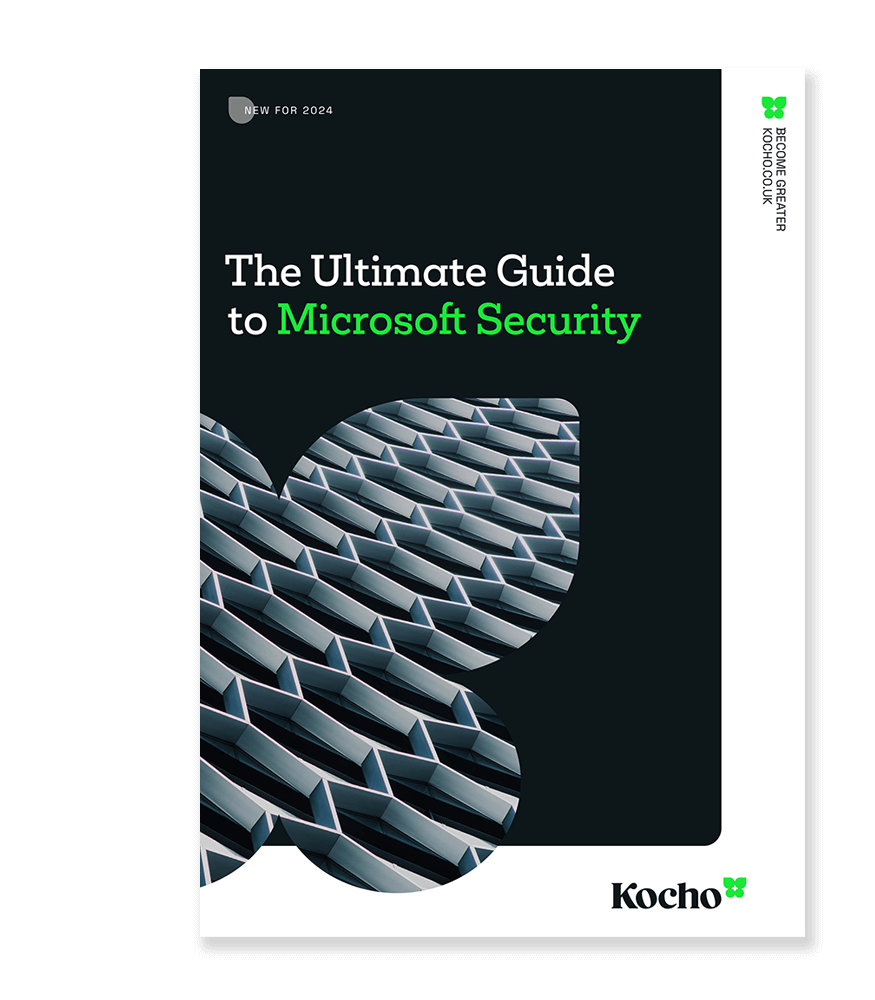

Free Guide
The Ultimate Guide to Microsoft Security
The most comprehensive guide to Microsoft Security. Over 50 pages. Microsoft licensing and pricing simplified.
Discover technologies that:
- Detect and disrupt advanced attacks at machine-speed
- Tap into the world’s largest threat intelligence network
- Protect identities, devices, and data with ease
Why you should start preparing now (not in Q2 2026)
The deadline is 1 July 2026. That might sound generous, but migrations like this are rarely quick, especially when custom rules, integrations, or compliance processes are involved.
Planning ahead gives you breathing room to test, train, and transition in phases. Rushing it next year could mean business disruption or missed threats while you scramble to reconfigure workflows.
Here’s a sensible checklist to start with:
- Audit your current Sentinel setup: What data sources are you ingesting? What rules and automation are in place? How does your team interact with the platform?
- Understand what’s changing: Familiarise yourself with the Defender portal layout, role-based access controls, and how incidents are handled differently.
- Test in a secondary workspace: Run a pilot with a mirrored or lower-priority Sentinel environment. This helps you spot any gaps or issues before touching your production systems.
- Review your compliance stance: The unified portal may change how data is accessed and stored. If you’re operating under ISO, NHS DSPT, or Cyber Essentials, check your requirements early.
Technical bits that are worth your time
- Primary vs secondary workspaces: In the unified model, incident correlation depends on whether your workspace is marked as primary. Misunderstanding this can lead to missed or misaligned incident data.
- RBAC will need updating: With new roles and responsibilities in the Defender portal, your current access controls might not carry over cleanly.
- Third-party integrations: If you’re feeding data into Sentinel from firewalls, ticketing platforms, or EDR tools, check how these work under the new model.
Use the migration as a strategic reset
While this may feel like a forced change, it actually presents a golden opportunity to truly address your security operations pain points.
Rather than porting everything over, use the opportunity to:
- Tune or retire redundant rules and playbooks
- Integrate Sentinel and Defender XDR properly (if you haven’t already)
- Build workflows that reduce analyst fatigue and improve response speed
- Re-think your escalation paths, alert thresholds, and automation
With the right approach this can be a strategic upgrade to future-proof your security operations.
The takeaway for time-poor IT teams
You don’t need to overhaul everything at once. But you do need to start planning now.
The 2026 deadline is fixed, and the migration is mandatory. But with a bit of breathing space, the right partner, and a clear roadmap, it can also be the moment you finally get security operations working the way they should.
Less noise. More context. Fewer gaps. And maybe, just maybe, a bit less time chasing alerts.
You don’t need to go it alone
As a leading Microsoft security partner with deep expertise in Sentinel, Defender, and the full suite of security tools, we’re here to help.
Whether you need help assessing your current setup, building a migration plan, or getting your team ready for what’s next, we’ll make sure the transition adds value, not complexity.
Get in touch to start your move with confidence.
Microsoft Sentinel migration FAQs: What changes, why it matters
-
Microsoft Sentinel is moving into the Defender portal by 1 July 2026. This combines SIEM and XDR features into a single platform for better visibility, correlation, and response.
-
To reduce tool sprawl and alert fatigue. The unified platform correlates data from across Defender services, giving security teams one place to investigate and act.
-
No, but you’ll need to review your configuration. That includes role-based access, automation rules, and third-party integrations that may behave differently in the new portal.
-
You get a single incident queue, real-time threat hunting across your Microsoft stack, AI-assisted detection, and faster, more accurate response. All without the need for extra tools or headcount.
-
No time like the present. A phased migration gives you time to test, train your team, and resolve issues before the deadline. Waiting until 2026 risks a rushed migration, missed threats, and organisational disruption.
-
Yes it’s possible. The Defender portal handles data differently in some cases. Review how it aligns with ISO 27001, Cyber Essentials, DSPT, or your industry-specific requirements before migrating.


Free Guide
The Ultimate Guide to Microsoft Security
The most comprehensive guide to Microsoft Security. Over 50 pages. Microsoft licensing and pricing simplified.
Discover technologies that:
- Detect and disrupt advanced attacks at machine-speed
- Tap into the world’s largest threat intelligence network
- Protect identities, devices, and data with ease

Great emails start here
Sign up for free resources and exclusive invites
Subscribe to the Kocho mailing list if you want:
- Demos of the latest Microsoft tech
- Invites to exclusive events and webinars
- Resources that make your job easier

Don't Miss
Great Microsoft Sentinel resources

Microsoft Security Roadshow
Demos and expert insight to help you get the most from Microsoft's identity, security and cloud solutions.

Cybersecurity a year in review: What happened in 2025, and what it means for your 2026 security strategy

How to achieve cost-effective threat visibility with Microsoft Sentinel data lake

Turn your people from phishing fodder to the first line of defence
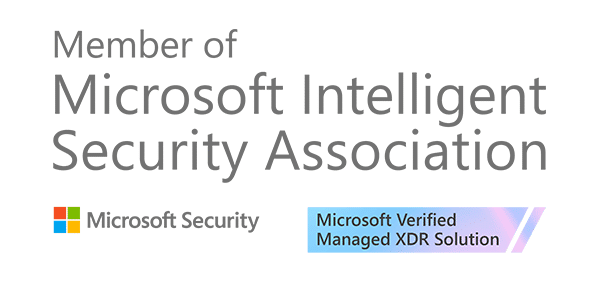
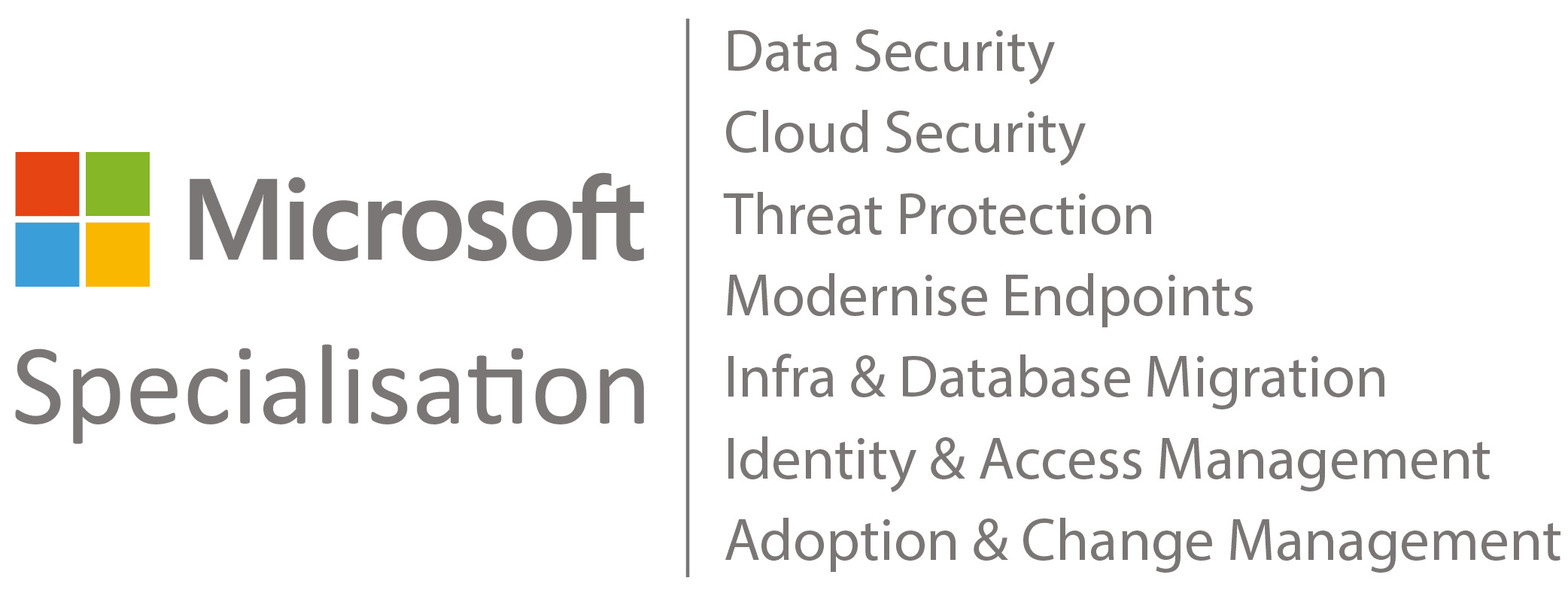
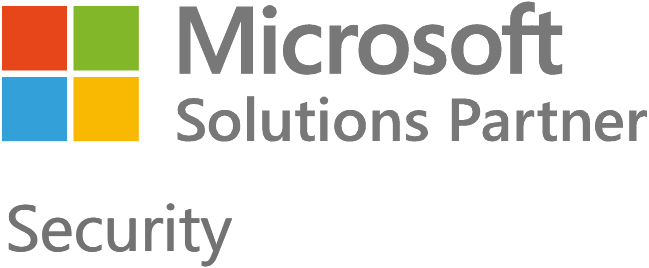
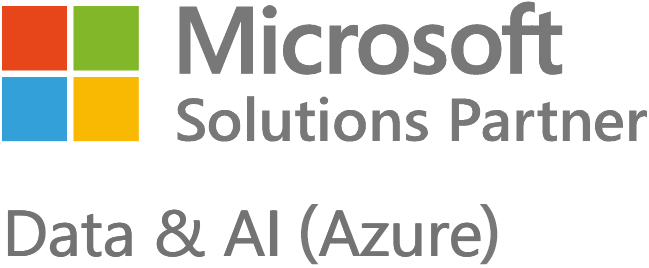
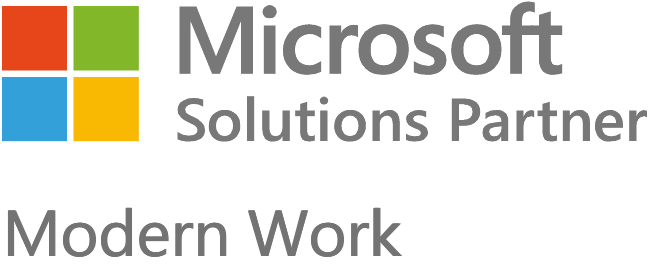
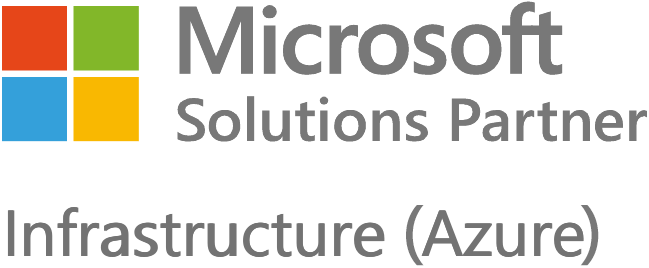
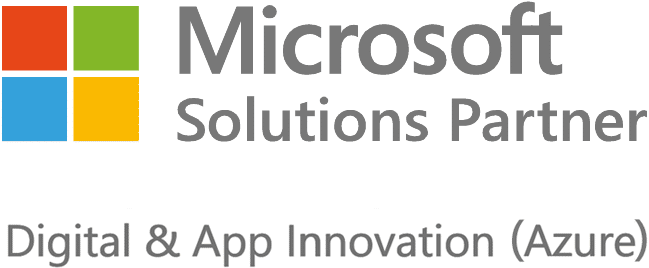
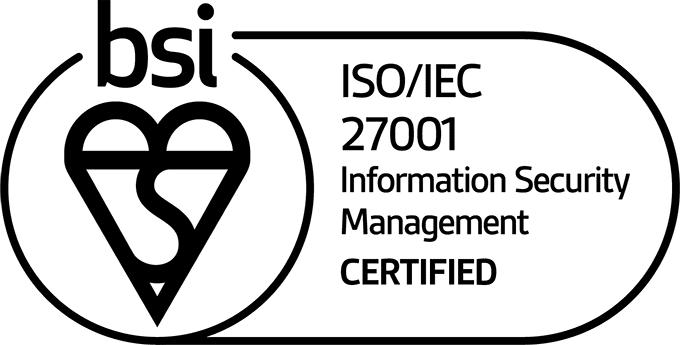


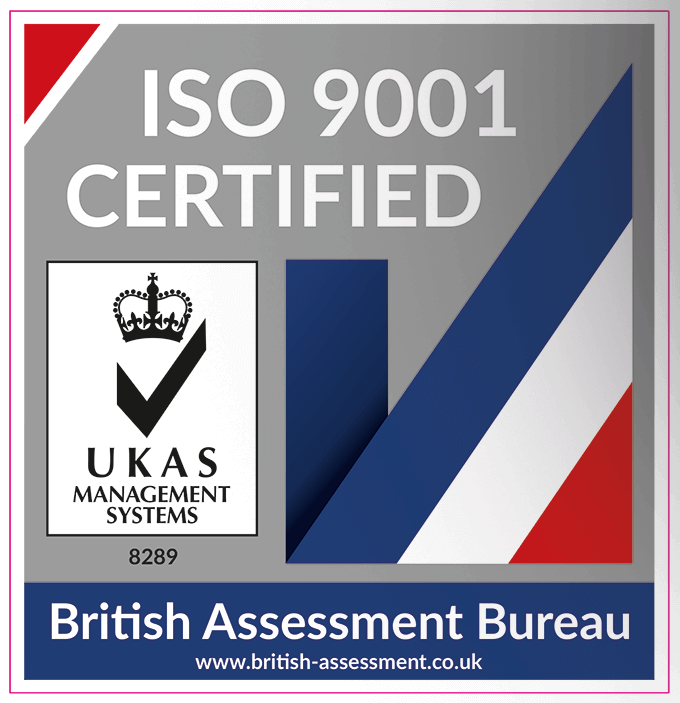
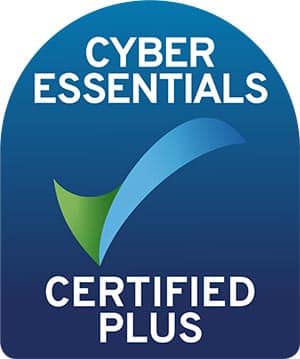












Got a question? Need more information?
Our expert team is here to help.




